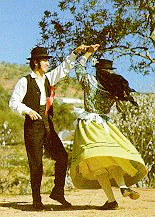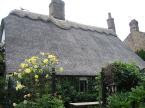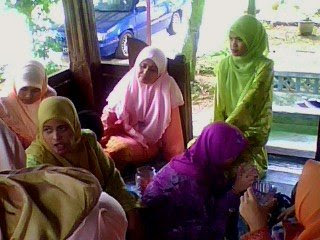




A Famosa Fortress (built 1511 onwards)
In 1511 a Portuguese fleet arrived under the command of Alfonso de Albequerque. His forces attacked and successfully defeated the armies of the native Sultanate. Moving quickly to consolidate his gains, Albequerque had the fortress built around a natural hill near the sea. Albequerque believed that Melaka would become an important port linking Portugal to the spice trade from China. At his time other Portuguese were establishing outposts in such places as Macau, China and Goa, India in order to create a string of friendly ports for ships heading to China and returning home to Portugal.
The fort changed hands in 1641 when the Dutch successfully drove the Portuguese out of Melaka. The Dutch renovated the gate in 1670, which explains the logo "ANNO 1670" inscribed on the gate's arch. Above the arch is a bas-relief logo of the Dutch East India Company.
The fortress changed hands again in the early 19th century when the Dutch handed it over to the British to prevent Melaka from falling into the hands of Napoleon's expansionist France. The English, knowing that they would have to return the fort to the Dutch at the end of the Napoleonic wars, were determined to make the city as useless to the Dutch as possible. They planned to relocate the population and demolish the fort. This nearly happened, but Sir Stanford Raffles (the founder of Singapore) persuaded the English to let the residents remain and also prevented the total obliteration of the fort by convincing the English to let one gate remain for history's sake. It is quite possible that in doing this, Raffles spared the remaining historical monuments of Melaka as well.
A Famosa, or "The Famous" in Portuguese, is one of the oldest surviving remnants of European architecture in Asia. Once part of a mighty fortress, this tiny gate (called the Porta de Santiago) is all that history has spared.
In 1511 a Portuguese fleet arrived under the command of Alfonso de Albequerque. His forces attacked and successfully defeated the armies of the native Sultanate. Moving quickly to consolidate his gains, Albequerque had the fortress built around a natural hill near the sea. Albequerque believed that Melaka would become an important port linking Portugal to the spice trade from China. At his time other Portuguese were establishing outposts in such places as Macau, China and Goa, India in order to create a string of friendly ports for ships heading to China and returning home to Portugal.
The fortress once consisted of long ramparts and four major towers. One was a four-story keep, while the others held an ammunition's storage room, the residence of the captain, and an officers' quarters.
As the plan below shows, most of the village clustered in town houses inside the fortress walls. As Melaka's population expanded it outgrew the original fort and extensions were added around 1586. Throughout this time, the walls of the fort repeatedly withstood large attacks by native elements.
The fort changed hands in 1641 when the Dutch successfully drove the Portuguese out of Melaka. The Dutch renovated the gate in 1670, which explains the logo "ANNO 1670" inscribed on the gate's arch. Above the arch is a bas-relief logo of the Dutch East India Company.
The fortress changed hands again in the early 19th century when the Dutch handed it over to the British to prevent Melaka from falling into the hands of Napoleon's expansionist France. The English, knowing that they would have to return the fort to the Dutch at the end of the Napoleonic wars, were determined to make the city as useless to the Dutch as possible. They planned to relocate the population and demolish the fort. This nearly happened, but Sir Stanford Raffles (the founder of Singapore) persuaded the English to let the residents remain and also prevented the total obliteration of the fort by convincing the English to let one gate remain for history's sake. It is quite possible that in doing this, Raffles spared the remaining historical monuments of Melaka as well.
Untill now you can still find Portuguese settlement(Kg Portugis) living in Melaka and still maintain their culture, and their language but some words even modern Portuguese don't understand..!!


















